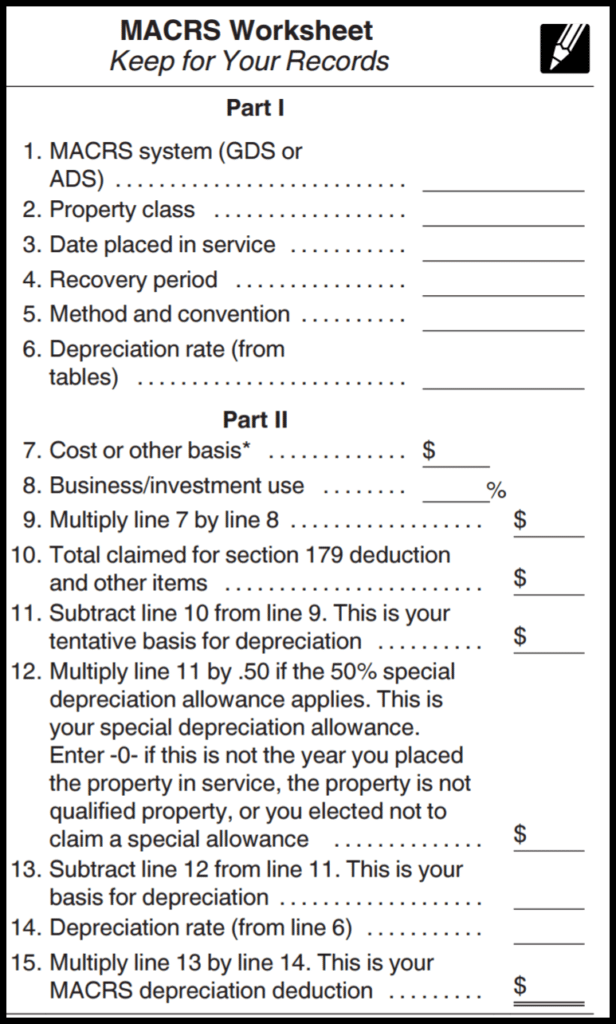
This gradual allocation is referred to as “depreciation” for tangible assets, and “amortization” for intangible assets. For the investing part of depreciation, it all depends on the type of company. As I mentioned earlier, one of the benefits to accelerated depreciation is the reduction of taxes, but another point of great benefit is if the equipment requires maintenance.
When should you use straight-line method of depreciation?
The straight-line depreciation method is simple to use and easy to compute. If you don’t expect your asset’s expenses to change greatly over its useful life, it may be the best choice for calculating depreciation. For example, consider a company that purchases a machine for $10,000 with a useful life of 10 years and no salvage value. Using Straight Line, the annual depreciation expense would be $1,000. However, with Double Declining Balance, the first year’s depreciation would be $2,000 (20% of $10,000), decreasing each subsequent year. The straight-line depreciation method is important because you can use the formula to determine how much value an asset loses over time.

Final Thoughts on Accelerated Depreciation
While it’s possible to use different methods of depreciation for different assets, you must apply the same method for the life of an asset. In straight-line depreciation, the assets are straight line depreciation vs accelerated depreciated at an equal value every year of their expected life. For example, if a computer is expected to last 5 years, it will be depreciated by one fifth of its value each year.
Do you own a business?
Each year, the book value is reduced by the amount of annual depreciation. Remember that the salvage amount was not subtracted when the depreciation process started. When the book value reaches $30,000, depreciation stops because the asset will be sold for the salvage amount. The company can now expense $1,000 annually to account for the equipment’s declining value.
Expected Useful Life and Salvage Value
- Accelerated depreciation methods are pivotal for businesses that invest in assets with a short-term life expectancy or those that experience rapid technological obsolescence.
- These differences highlight the strategic importance of choosing the right depreciation method for a company’s financial health and tax obligations.
- In sum, businesses can benefit from the time value of their money by investing the savings from claiming larger deductions upfront back into their operations or other ventures.
- For example, a tech company investing heavily in R&D might opt for accelerated depreciation to quickly write off their equipment, aligning expenses with the rapid pace of technological obsolescence.
Knowing how to manage depreciation schedules well turns a routine task into a strategic financial benefit. So, while depreciation matters to all businesses, big companies face more complex rules. The second scenario that could occur is that the company really wants the new trailer, and is willing to sell the old one for only $65,000. The first two are the same as above to remove the trailer from the books. In addition, there is a loss of $8,000 recorded on the income statement because only $65,000 was received for the old trailer when its book value was $73,000.
Understanding Methods and Assumptions of Depreciation
For tax purposes, this method provides a consistent deduction amount each year. For example, if a company purchases a piece of equipment for $100,000 with a useful life of 10 years, the annual straight-line depreciation expense would be $10,000. This method is straightforward and predictable, making it easier for budgeting and long-term planning. From an investor’s perspective, the choice of depreciation method can signal how a company manages its finances. However, from a financial analyst’s point of view, this method may not always accurately reflect the actual usage and wear and tear of an asset. For example, certain assets like vehicles or technology may lose value more rapidly in the initial years.
Adele Burney started her writing career in 2009 when she was a featured writer in “Membership Matters,” the magazine for Junior League. She is a finance manager who brings more than 10 years of accounting and finance experience to her online articles. Burney has a degree in organizational communications and a Master of Business Administration from Rollins College.
Accelerated depreciation methods tend to align the recognized rate of an asset’s depreciation with its actual use, although this isn’t technically required. This alignment tends to occur because an asset is most heavily used when it’s new, functional, and most efficient. Some businesses are required to follow Generally Accepted Accounting Principles (GAAP) in their financial reporting. Specific principles in GAAP will guide decisions for small businesses. When deciding which method is best for your assets, you need to determine if an asset will lose more value in its early life, or lose value at the same rate every year. One of the straight-line method’s advantages is that it’s easy to use.
The amount of expense posted to the income statement may increase or decrease over time. Let’s say Standard Manufacturing owns a large machine that they purchased for $270,000. The machine has a useful life of four years and is depreciated using the double-declining balance method.
